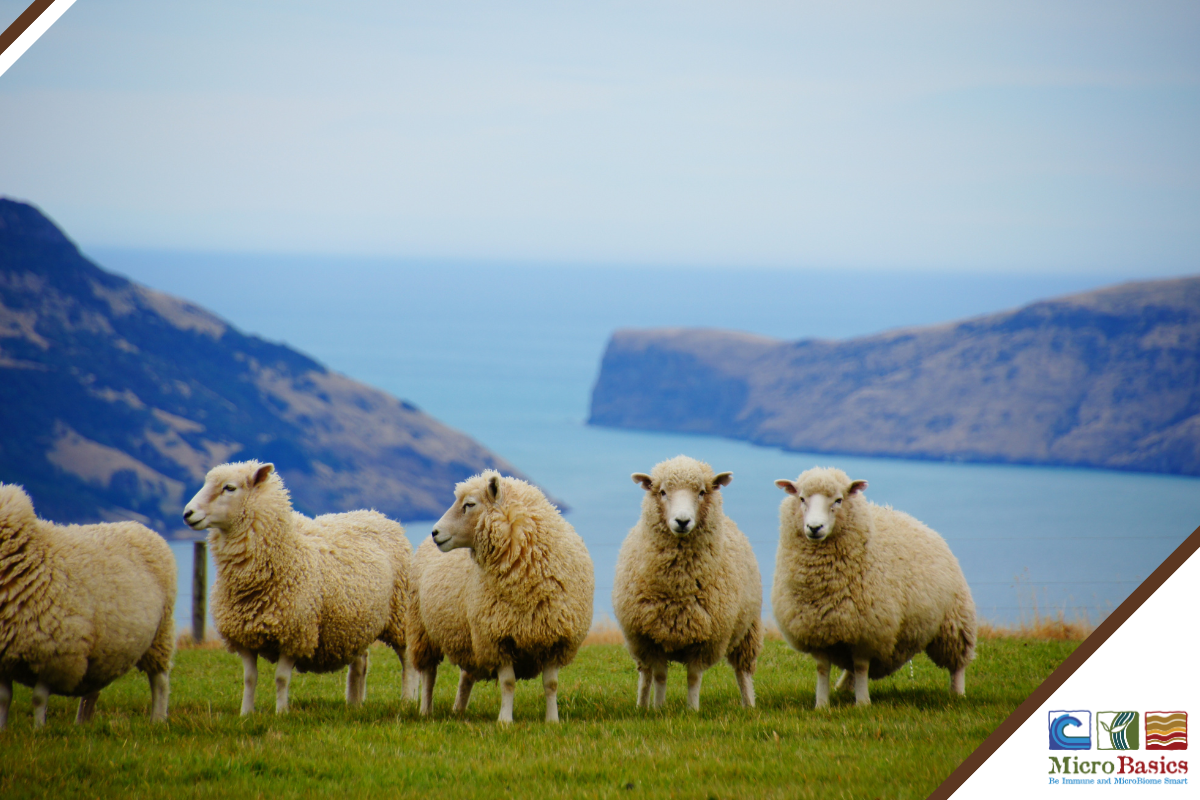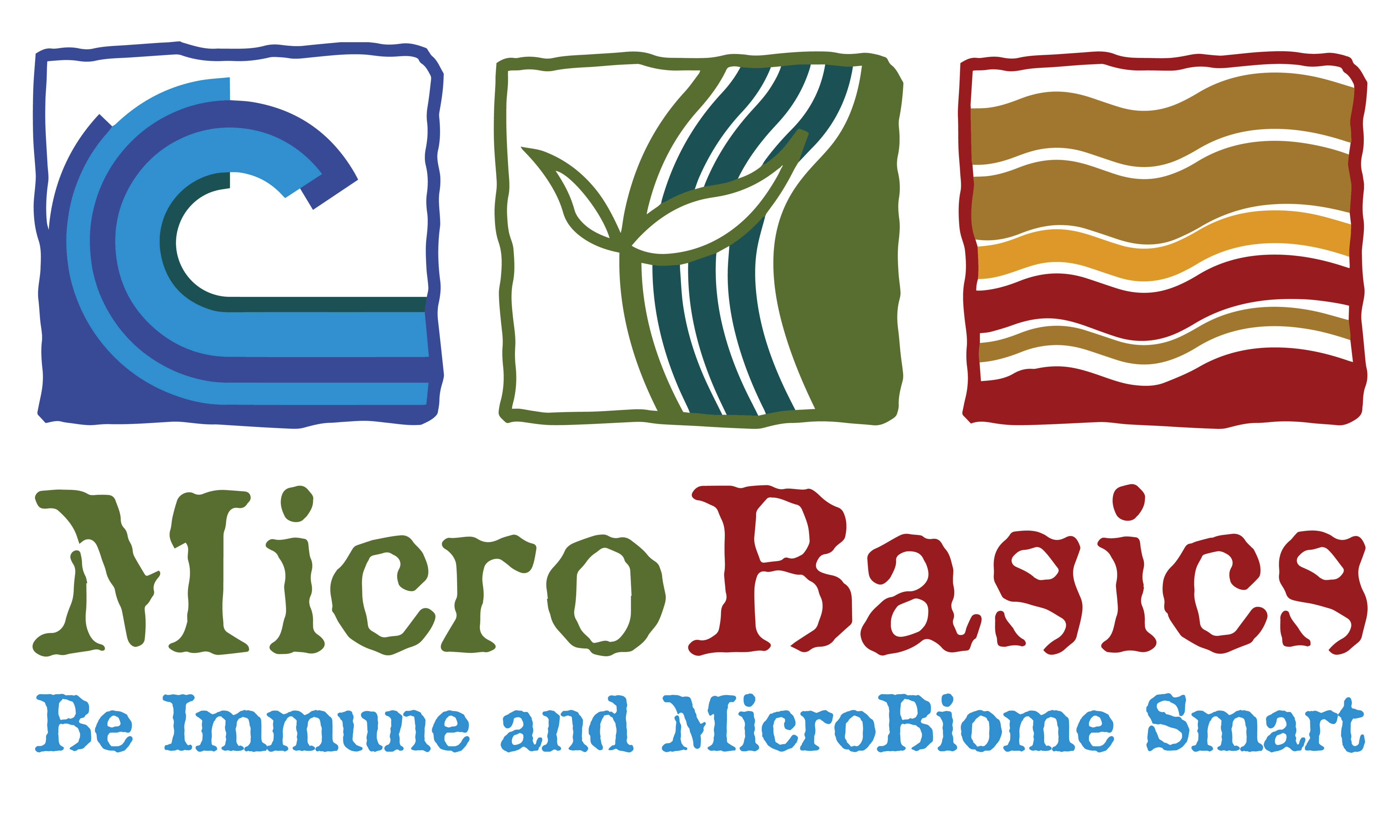
Small Ruminant Nutrition
Small ruminants require energy, protein, vitamins, minerals, fiber, and water just like any other animal. Energy is usually the most limiting nutrient, and protein typically the most expensive. Deficiencies, excesses, and imbalances of vitamins and minerals can limit animal performance and lead to various health problems.
A sheep or goat’s nutritional requirement can be met by feeding many different feed ingredients. Small ruminant feeding programs should consider animal requirements, feed availability, and cost.
Water
· Water is the most important nutrient for all animal species! It is no different for small ruminants and they should have access to fresh, clean water at all times. A mature sheep or goat will consume between ¾ to 1.5 gallons per day.
o Water requirements increase when temperatures rise above 70° F.
o Water intake will increase during late gestation and lactation.
o Inadequate water intake can cause health problems.
o Water intake and feed intake are positively correlated.
Forage
· Pasture, forbs, and browse are typically the primary source of nutrients for small ruminants, and often most economical.
o Pasture tends to be high in energy and protein when it is in a vegetative state. Pasture can have very high moisture content, and sometimes it may be difficult for high-producing animals to eat enough to meet their nutrient requirements.
o As pasture plants mature, palatability and digestibility decline. It is important to rotate pastures to keep plants in a vegetative state.
o During the early part of the grazing season, browse (woody plants, vines, and brush) and forbs (weeds) may be higher in protein and energy than regular pasture varieties.
· Hay is the primary source of nutrients for small ruminants during the non-grazing parts of the year.
o Legume hays tend to be higher in protein, vitamins, and minerals than grass hays.
o Energy and protein values vary depending on the maturity of the forage when it was harvested and how it was cured and stored.
o Forage testing is the only way to really know the nutritional content of your hay.
· Silage can be made from forage and grain crops and can be successfully fed to both sheep and goats. Usually on large farms that can manage it well.
o Keep silage fresh and do not feed moldy silage as it can cause listeriosis or “circling disease”.
Concentrates
· When feeding high-producing animals it may be necessary to feed concentrates to provide nutrients that forage alone cannot provide. Additionally, creep feeding young lambs and kids have been shown to increase growth weight. Creep feeding should be considered in the event that it increases profit.
o Energy feeds: concentrates that provide more calories and tend to be low in protein.
§ Cereal grains (oats, corn, rye, barley, etc.)
· No need to process grains unless the animals are less than 6 weeks of age.
· High in phosphorus. Feeding large amounts of cereal grains may cause kidney stones (urinary calculi) in wethers and intact males.
· Low in calcium. Inadequate calcium may lead to milk fever (hypocalcemia) in pregnant or lactating ewes/does.
o Protein feeds: contain high levels of protein (>15%) and may be of animal or plant origin. (By law, ruminant-derived meat and bone meals cannot be fed to other ruminants)
§ Plant proteins
· Soybean meal, canola meal, distiller’s grains.
§ Animal proteins
· Blood meal, fish meal, feather meal.
§ Livestock do not store excess protein. Extra protein is eliminated as nitrogen by the kidneys.
§ Higher levels of dietary protein may help the animal mount a better immune response to parasites.
o By-product feeds can be utilized to fill in gaps in the diet if they are cost effective.
§ Fat
§ Soyhulls
§ Wheat Midds
§ Corn Gluten
o Complete Feeds: formulated feeds sold by feed mills.
§ Offer convenience, include a larger variety of ingredients, and an avenue to include a vitamin/mineral premix, ionophores, probiotics, etc.
Vitamins and Minerals
· Minerals
o Salt is the most important. Always make free choice salt available.
o The ratio of calcium and phosphorus should be kept to 2:1 to prevent urinary calculi.
o Feed a mineral/vitamin premix specially formulated for your class of livestock.
o High levels of copper can be toxic to sheep.
o Goats require more copper than sheep and when feed together it is common to feed the lower -copper supplement designed for the sheep. Goats housed with sheep are more at risk for developing copper deficiencies.
· Vitamins
o Small ruminants require Vitamins A, D, & E to be supplied in the diet.
o Vitamin K and all the B vitamins are manufactured in the rumen.
o Always keep a free choice vitamin/mineral mix available unless it has been incorporated into the ration. Ewes and does late in gestation may benefit from free choice in addition to their formulate diets.
Direct-Fed Microbials
· Including direct-fed microbials in the animals diet provides many benefits.
o Modification of microbial populations in the rumen and hindgut
o Positive changes in fermentation.
o Increased nutrient flow to the small intestine.
o Enhanced feed digestibility.
o Reduction of pathogen colonization.
o Improved health, production, and growth.
· TomaHawk Zn provides small ruminants with the best direct fed microbials, prebiotics, and postbiotics on the market. As well as zinc-methionine to support immune function. You can find TomaHawk Zn in the Microbasics store!
Covering all the bases when it comes to nutrition means a healthy and productive herd. If you have a question about how you can enhance your small ruminant feeding program please reach out to us at service@microbasics.com.
Written by: Mariah Gull, M.S.
